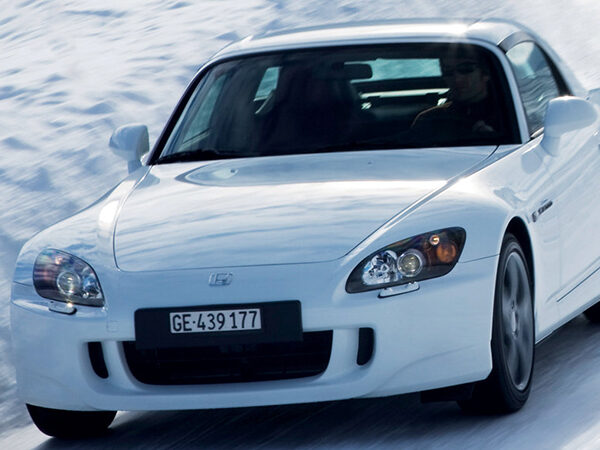In the realm of automotive excellence, certain vehicles stand out not just for their performance, but for the emotional connection they forge with enthusiasts. Among these, the Honda S2000 holds a special place. Since its debut in 1999, the S2000 has been revered as a quintessential sports car, blending raw performance with Honda’s legendary reliability. Despite its production ceasing in 2009, the clamor for its return persists, and rightfully so. Here’s why the Honda S2000 should make a comeback and continue its legacy as an automotive icon.

First and foremost, the S2000’s driving experience is unparalleled. At the heart of its allure is the high-revving 2.0-liter or 2.2-liter naturally aspirated engine, delivering power in a linear fashion all the way up to its 9,000 RPM redline. This distinctive engine, paired with its precise six-speed manual transmission, creates a symphony of mechanical perfection that engages the driver unlike any other car. The S2000 isn’t just about straight-line speed; it’s about the thrill of pushing it to its limits through winding roads, feeling every nuance of the road surface through the steering wheel and chassis.
Moreover, the S2000’s design remains timeless. Its sleek, compact proportions and aggressive stance exude a sense of purpose and performance even when standing still. The retractable soft top, a hallmark of the S2000, allows for open-air motoring, enhancing the driving experience and connecting the driver with the environment around them. Inside the cabin, the driver-focused cockpit features a simple yet ergonomic layout, with all controls positioned intuitively for maximum engagement.
Another compelling reason for the S2000’s return is its cultural significance. Over the years, it has earned a dedicated following among automotive enthusiasts, forming a vibrant community united by their love for the car. From grassroots racing events to car meets and online forums, the S2000 has fostered a sense of camaraderie among its owners. Reviving the S2000 would not only satisfy the desires of existing fans but also attract a new generation of enthusiasts who crave the purity of a true sports car experience.
Furthermore, the automotive landscape has evolved since the S2000’s departure, presenting new opportunities for Honda to reassert its dominance in the performance segment. With advancements in technology and engineering, a modern iteration of the S2000 could offer even greater performance while meeting contemporary emissions and safety standards. Whether through hybridization or electrification, Honda has the expertise to imbue the S2000 with newfound efficiency without compromising its essence.
From a business standpoint, reintroducing the S2000 could be a strategic move for Honda. The demand for sports cars remains strong globally, with enthusiasts seeking alternatives to mainstream offerings. By leveraging the brand equity of the S2000, Honda could carve out a niche for itself in the competitive sports car market, attracting customers who prioritize driving pleasure above all else. Furthermore, a limited-production run or special edition models could generate buzz and excitement, further enhancing the desirability of the S2000.
In conclusion, the Honda S2000 represents more than just a car; it’s a symbol of automotive passion and engineering excellence. Its return to production would not only satisfy the desires of enthusiasts but also reaffirm Honda’s commitment to performance and innovation. With its timeless design, exhilarating driving dynamics, and dedicated fanbase, the S2000 is more than capable of reclaiming its status as a legend in the automotive world. It’s time for the S2000 to once again roar to life and continue its legacy for generations to come.
